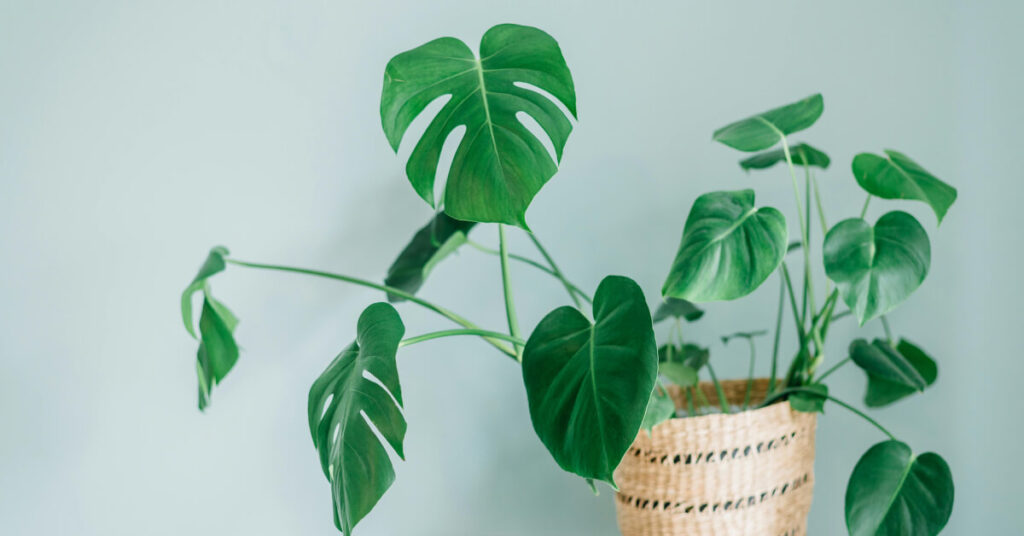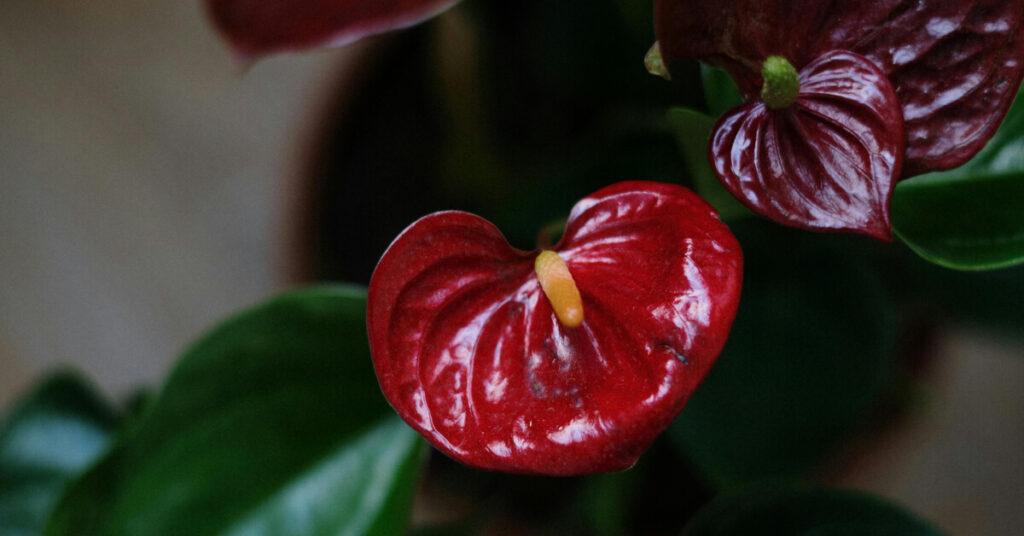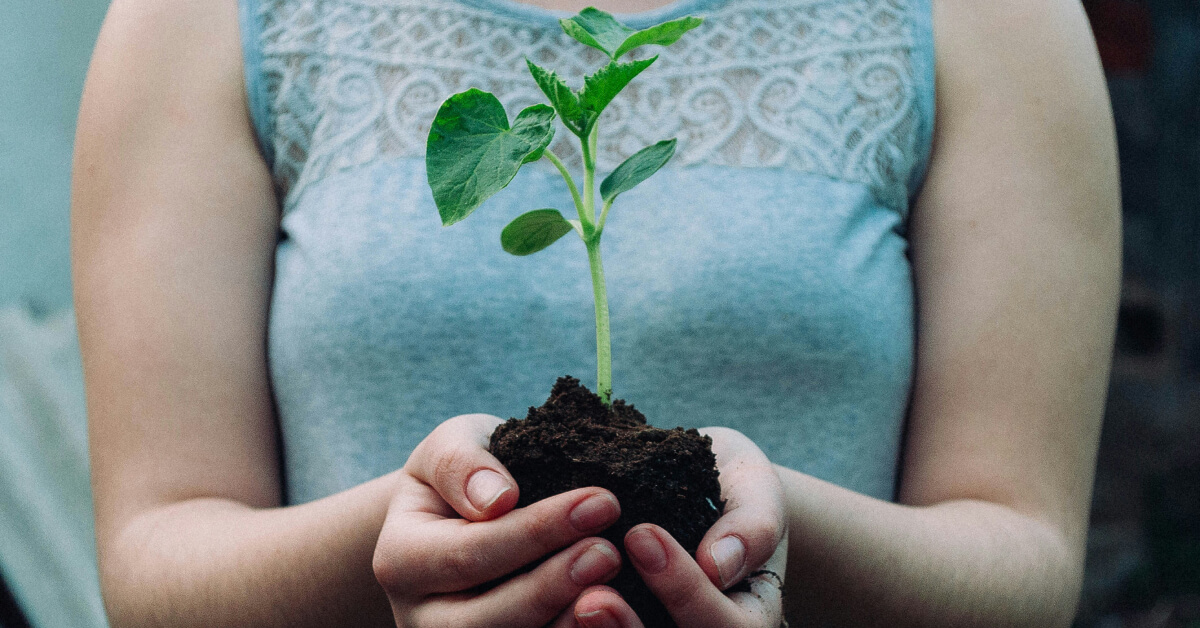Choosing the best soil for indoor plants is one of the most crucial decisions for successful houseplant care. Whether you’re growing tropical plants, succulents, or herbs, the right potting soil can mean the difference between thriving plants and struggling ones. This comprehensive guide covers everything you need to know about selecting, mixing, and using the best soil for your houseplants.
Why the Best Soil for Indoor Plants Matters More Than You Think
The best soil for indoor plants does far more than just hold your plant in place. Quality indoor plant soil serves as the foundation for healthy root development, proper drainage, and essential nutrient delivery. When you choose the wrong soil, you risk creating conditions that lead to root rot, nutrient deficiencies, and plant death.
Unlike outdoor garden soil, the best potting soil for indoor plants must be specially formulated to work in containers. Garden soil becomes too compacted in pots, leading to poor drainage and oxygen deprivation. The best indoor plant soil maintains the perfect balance of water retention, drainage, and aeration that houseplants need to thrive.
Key Components of the Best Soil for Houseplants
Understanding what makes the best soil for indoor plants helps you make informed decisions:
Drainage Materials: Perlite, pumice, and coarse sand prevent waterlogging and root rot
Moisture Retention: Peat moss, coco coir, and compost hold water for plant roots
Aeration: Orchid bark, perlite, and charcoal allow oxygen to reach roots
Nutrients: Compost, worm castings, and organic matter feed plants over time
The Best Soil Mix for Different Types of Indoor Plants
Best Soil for Succulents and Cacti
Succulents and cacti require the fastest-draining soil mix possible. The best soil for these plants prevents water from sitting around roots, which quickly leads to rot.
Perfect Succulent Soil Recipe:
- 2 parts cactus potting mix
- 1 part perlite or pumice
- 1 part coarse sand
Commercial Options: Look for specialized cactus and succulent potting mixes that already include proper drainage materials.
Best Soil for Tropical Indoor Plants

Tropical plants like Monstera, Philodendron, and Rubber Plants need soil that retains moisture while still draining well. The best soil for tropical houseplants mimics their natural forest floor environment.
Ideal Tropical Plant Soil Mix:
- 2 parts peat-based potting mix
- 1 part perlite
- 1 part orchid bark
- Optional: activated charcoal for moisture control
Best Soil for Ferns and Humidity-Loving Plants
Ferns require consistently moist soil that never completely dries out. The best soil mixture for these plants holds water while preventing compaction.
Perfect Fern Soil Recipe:
- 2 parts peat moss or coco coir
- 1 part perlite
- 1 part compost
Best Soil for Orchids
Orchids are epiphytes in nature, meaning they grow on other plants rather than in soil. The best potting soil for orchids provides maximum aeration and quick drainage.
Orchid Soil Mix:
- 3 parts orchid bark
- 1 part charcoal
- 1 part perlite
Best Soil for Aroids (Peace Lily, ZZ Plant, Anthurium)

Aroids prefer light, well-draining soil that retains some moisture. The best soil for these popular houseplants prevents both drought stress and overwatering.
Aroid Soil Recipe:
- 2 parts coconut coir or peat moss
- 1 part perlite
- 1 part pine bark
Best Soil for Indoor Herbs
Herbs need nutrient-rich, well-draining soil for optimal growth and flavor. The best potting soil for herbs supports frequent harvesting and continuous growth.
Herb Garden Soil Mix:
- 2 parts organic potting mix
- 1 part compost
- 1 part perlite
Comparison Table: Best Soil Types for Common Indoor Plants
| Plant Type | Drainage Need | Moisture Retention | Key Ingredients | Commercial Alternative |
|---|---|---|---|---|
| Succulents/Cacti | Very High | Very Low | Cactus mix, perlite, sand | Miracle-Gro Cactus Mix |
| Tropical Plants | Medium | Medium-High | Peat, perlite, bark | Miracle-Gro Tropical Mix |
| Ferns | Low | High | Peat moss, compost | Espoma Organic Potting Mix |
| Orchids | Very High | Very Low | Orchid bark, charcoal | Better-Gro Orchid Mix |
| Aroids | Medium | Medium | Coco coir, perlite, bark | FoxFarm Ocean Forest |
| Herbs | Medium | Medium | Organic mix, compost | Burpee Herb & Vegetable Mix |
How to Create Your Own Best Soil Mix for Indoor Plants
Making your own potting soil gives you complete control over ingredients and quality. Here’s a universal base recipe you can modify for different plant needs:
Basic DIY Indoor Plant Soil Recipe
Base Formula:
- 50% base material (peat moss, coco coir, or compost)
- 25% drainage material (perlite, pumice, or sand)
- 25% organic matter (worm castings, charcoal, or bark)
Adjusting the Recipe for Different Plants
For plants needing more drainage: Increase perlite/sand to 40% of mix
For moisture-loving plants: Increase peat moss/coco coir to 60% of mix
For heavy feeders: Add more compost or worm castings
For air plants/orchids: Use primarily bark and perlite
Best Organic Soil Options for Indoor Plants
Organic soil amendments improve plant health and support beneficial microorganisms. The best organic soil for indoor plants includes:
Compost: Provides slow-release nutrients and improves soil structure
Worm Castings: Gentle, nutrient-rich fertilizer that won’t burn roots
Coconut Coir: Sustainable alternative to peat moss
Aged Bark: Improves drainage and adds organic matter
Signs You Need Better Soil for Your Indoor Plants
Recognizing when to change your plant’s soil can save your houseplants:
Poor Drainage Signs:
- Water sits on soil surface for hours
- Soil smells sour or moldy
- Fungus gnats present
- Root rot symptoms
Poor Aeration Signs:
- Soil is hard and compacted
- Roots are brown and mushy
- Slow growth despite good care
- Yellowing leaves
Nutrient Deficiency Signs:
- Pale or yellowing leaves
- Slow growth
- Small new leaves
- Poor flowering
Learn when and how to fertilize your indoor plants for lush growth!
Seasonal Soil Care for Indoor Plants
The best soil for indoor plants may need adjustments throughout the year:
Spring: Refresh soil with compost before growing season Summer: Monitor drainage as plants drink more water Fall: Reduce organic matter as growth slows Winter: Ensure good drainage as watering decreases
Best Potting Soil Brands for Indoor Plants
While making your own soil is ideal, these commercial options provide excellent results:
Premium Options:
- FoxFarm Ocean Forest
- Black Gold All Purpose
- Espoma Organic Potting Mix
Budget-Friendly Options:
- Miracle-Gro Indoor Potting Mix
- Burpee Natural Organic
- Kellogg Patio Plus
Specialty Mixes:
- Better-Gro Orchid Mix
- Miracle-Gro Cactus Mix
- Espoma Cactus Mix
Growing Success with the Best Soil for Indoor Plants
Selecting the best soil for indoor plants is an investment in your plant’s long-term health and your gardening success. Whether you choose to purchase commercial potting mix or create your own custom blend, understanding your plants’ specific needs is key to providing the best growing environment.
Remember that the best soil for houseplants provides proper drainage, adequate moisture retention, and sufficient aeration. By matching your soil choice to your plant type and monitoring for signs of soil problems, you can create an environment where your indoor plants thrive for years to come.
The right soil foundation makes all other aspects of plant care more effective, from watering to fertilizing to pest management. Take time to choose or create the best soil for your indoor plants, and you’ll be rewarded with healthier, more vibrant houseplants that bring joy to your indoor space.
FAQ: Best Soil for Indoor Plants
What is the best soil for indoor plants overall?
The best soil for indoor plants depends on the specific plant type, but a high-quality potting mix with good drainage, moisture retention, and organic matter works for most houseplants. A blend of peat moss or coco coir, perlite, and compost provides excellent results for the majority of indoor plants.
Can I use regular garden soil for indoor plants?
No, regular garden soil is not suitable for indoor plants. Garden soil is too heavy for containers, leading to poor drainage and root rot. The best soil for houseplants is specifically formulated potting mix that provides proper aeration and drainage in containers.
How often should I change the soil for my indoor plants?
Most indoor plants benefit from fresh soil every 1-2 years. Signs that you need new soil include compacted soil, poor drainage, slow growth, or pest issues. Fast-growing plants may need soil changes annually, while slow-growing plants can go 2-3 years.
What is the difference between potting soil and potting mix?
Potting soil typically contains actual soil and may be too heavy for containers. Potting mix is soilless and made from materials like peat moss, coco coir, perlite, and bark. The best potting soil for indoor plants is usually a high-quality potting mix rather than soil.
Is expensive soil worth it for indoor plants?
Higher-quality potting mixes often provide better drainage, fewer pests, and more consistent results. While expensive soil isn’t always necessary, investing in good soil is one of the most important factors in plant success. The best soil for indoor plants balances quality with your budget.
Can I reuse old potting soil?
Old potting soil can be refreshed by adding new compost, perlite, and organic matter. However, if the soil shows signs of disease, pests, or severe breakdown, it’s better to start fresh. The best practice is to sterilize old soil before reusing it.
What makes soil drain well for indoor plants?
Good drainage comes from materials like perlite, pumice, coarse sand, and bark that create air pockets in the soil. The best soil for indoor plants contains 20-30% drainage materials to prevent waterlogging and root rot.
Should I add fertilizer to my potting soil?
Many commercial potting mixes already contain slow-release fertilizer. If using homemade soil, adding compost or worm castings provides gentle nutrition. The best soil for indoor plants provides some nutrients but shouldn’t be over-fertilized initially.
How do I know if my soil drains well enough?
Water should drain from the bottom of the pot within 10-15 minutes of watering. If water sits on the surface or drains very slowly, your soil needs more drainage materials. The best soil for houseplants allows excess water to escape while retaining enough moisture for roots.
What’s the best soil for beginners with indoor plants?
For beginners, a high-quality commercial potting mix designed for indoor plants is the best choice. Look for mixes that contain perlite for drainage and organic matter for nutrition. Avoid mixes with moisture-control crystals, which can make watering more difficult to manage.

